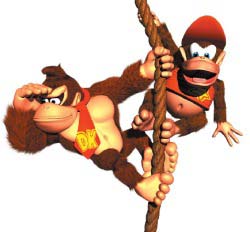Welcome to the final episode of my Marketing 111A blog!
Diane’s forth session was all about:
- Big picture marketing
- The marketing mix
- Marketing strategies
- Marketing tactics
A major point of consideration from this week’s lecture is that companies tend to be either asset-led or market-led. An asset-led company aims to utilise its core competencies – or, its sustainable competitive advantage – in developing new products and services. A market-led business, on the other hand, is one that is purely focused on the customer’s needs and operates accordingly.
This session was also the platform for our first group presentations for the year. I wish to congratulate all groups for the level of work that was delivered. We certainly have come a long way since Certificate IV! I was certainly not expecting such a broad scope of creativity in the material presented. For example, James, Kevin and Daphne’s group discussed their strategy of expanding their winery into Asian markets. Their data on the market attractiveness was well researched. Well done!
Considering everyone had the same case study, I was surprised to see unique strategic planning ideas from each group. Above all, listening to everyone’s presentations made me realise that no matter how creative an idea is – as long as it aligns with the corporate objectives and the needs of the consumer – anything is possible when it comes to strategic marketing planning.
The honourable mention with regards to this weeks’ readings goes to Kolar and Toporisic (2007) for their look at metaphors from the military field within marketing. In a similar way that Sun Tzu’s The Art of War is used by business managers to manage strategic planning, this paper showed that military strategy in general is reflected in modern marketing. Kolar and Toporisic explain how more emphasis is placed on ‘flexibility, speed, logistics, intelligence and conflict avoidance’, rather than on expensive frontal campaigns and exhausting all resources. …Food for thought for the strategic marketer!




